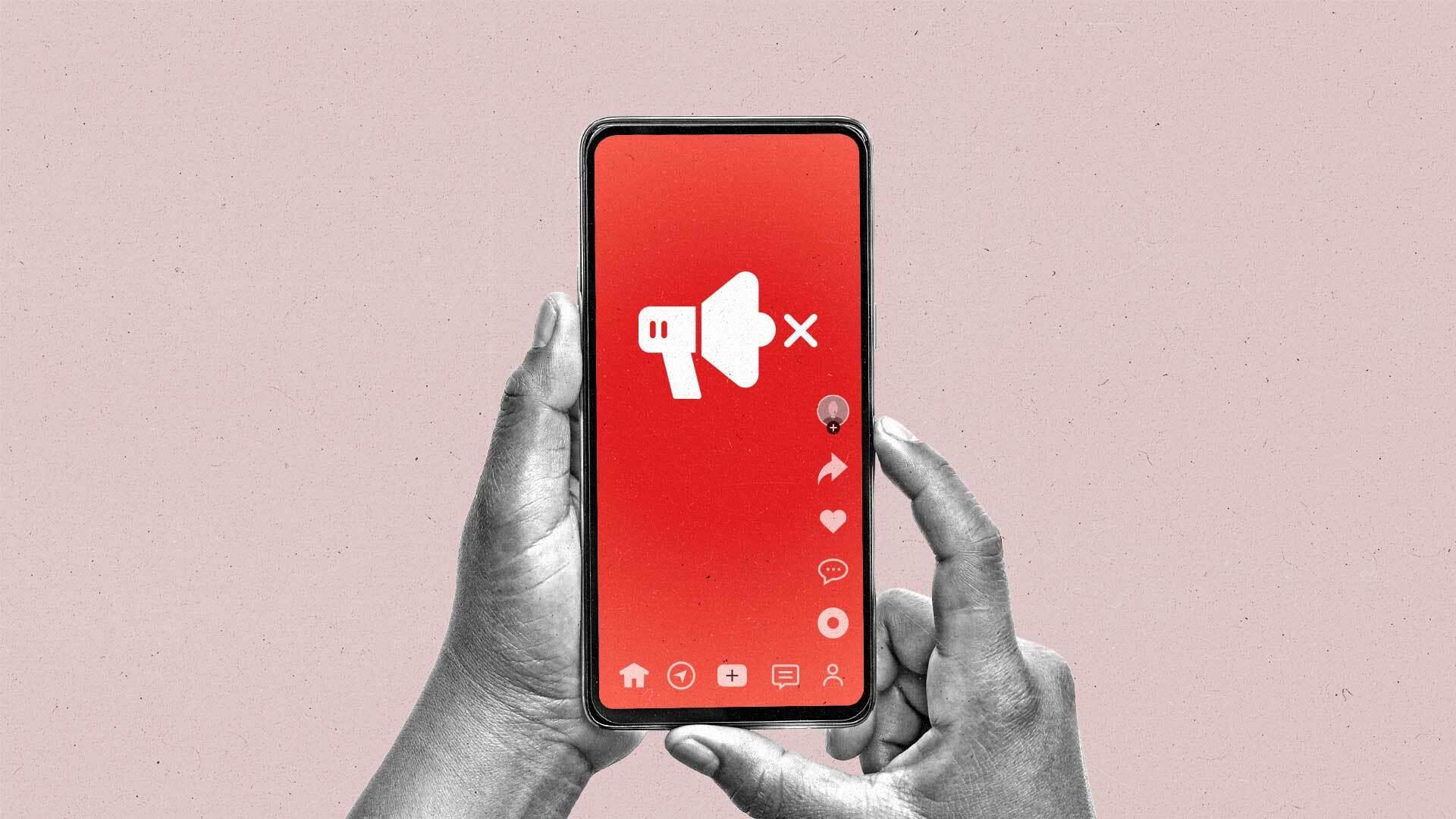Social platforms are testing ad-free subscription plans. What does that mean for brand-builders?

Meta’s recent announcement that it would introduce paid subscription plans for Instagram and Facebook users in Europe got a lot of attention, but the tech giant is not alone in testing the waters of paid social media subscriptions. TikTok reportedly tested an ad-free paid plan with a group of users in an unnamed English-speaking market outside the U.S. in October. Snapchat and X have also offered paid plans for some time, although they are not fully ad-free.
Interestingly, this is the opposite of what streamers have been doing. We’ve watched TV platforms go from presenting ad-free plans to incorporating ad-funded ones in hopes of catering to cash-strapped viewers while bolstering their own revenue goals.
For marketers, rather than write a prologue to the age of ad-free social media, the announcement is likely to spark a moment of realization, especially in Europe: Just how much should their brand-building efforts hinge on social media?
“Many brands I’ve been working with are divesting from Meta to create a media mix that includes the growing CTV [connected TV], OTT [over-the-top], and retail media spaces,” says Ashley Royalty, GM at media agency Add3. “I foresee retail media continuing to increase in popularity because it has a gold mine of data that can be the foundational targeting strategy with CTV partners.”
As consumers’ habits shift, advertisers seek branding opportunities outside of social
First-party and retail data are likely emerging as major components in top marketers’ 2024 playbooks, especially with third-party cookies facing deprecation as soon as next year. Diversifying brand-building efforts gives advertisers a chance to reach authenticated audiences at scale in digital environments beyond social media platforms’ walled gardens — in short, they can reach audiences across channels, not just while they’re scrolling.
Whether users will take up Meta’s ad-free plans remains to be seen — after all, subscription fatigue is real. Even still, smart media allocation should be led by where a brand’s target consumers spend time, argues Kevin Chan, head of social practice at EssenceMediacom.
“Social media isn’t going anywhere [but] we need to find creative and new ways to reach users in the places [where they] are every day,” says Chan.
To that end, marketers should also consider generational changes in attitudes toward social media. “Gen Z and Alphas are certainly the most vocal on the emotional repercussions of social media and it’s no secret the buying power and influence that these audiences represent,” says Toni Box, SVP of social media North America at Assembly.
Research from McKinsey Health Institute earlier this year highlighted the extent of these emotional repercussions: A higher percentage of Gen Zers reported negative effects from social media usage than older generations, even as their social media adoption shows little sign of stopping. At the same time, U.S. adults’ time spent on mobile devices has largely peaked, while time spent on CTV devices is rising fast.
With streamers relying on ad-funded tiers to power their businesses, advertisers could see incremental audience gains from people switching over to ad-supported streaming plans, Add3’s Royalty says. Earlier this month, Netflix said it tripled subscribers on its ad-supported tier since May, while Disney said it grew streaming ad revenue by 4 percent year on year last quarter.
“There is going to be a natural shift of incorporating more CTV into media plans as the platform’s technology becomes more sophisticated with measurement,” says Royalty. “Coupled with the granular targeting capabilities for endemic and non-endemic brands, there are simply more opportunities to reach consumers, whether you have a niche or mass brand.”
The way brands can latch onto CTV content is shifting too. While social has traditionally been the fulcrum of influencer marketing, recent crazes show that that influence isn’t the sole preserve of social media any longer. Box points to “screen style as the new street style,” with shows like Succession, Emily in Paris, and Barbie birthing fashion trends (“quiet luxury,” anyone?) and owning online conversations for weeks at a time.
CTV isn’t the only new place brands are turning to. The increasing sophistication of channels like DOOH and audio in pairing precise targeting with authenticated audiences is also attracting brands’ advertising dollars, as it can allow them to coordinate omnichannel campaigns.
“I think audio is an overlooked channel and opportunity for brand-building, given user consumption habits. People tend to be more receptive to audio ads, especially host-read ads, since they’re more native,” says Box.
“It’s safe to say that there is a growing opportunity for advertising investments on channels like CTV streaming and DOOH [digital out-of-home]. Think cinemas and places these communities gather,” adds Box.
European regulations may spark global campaign adjustments
For now, Meta’s ad-free venture is limited to Europe. But recent regulatory changes in Europe affecting Big Tech firms suggest that the European tech landscape could look more and more different from its key North American counterpart, which may prompt companies to take action across their global campaigns.
“The world will learn from what happens in the EU, and as a result of this, similar regulations would possibly make sense in other countries too,” says EssenceMediacom’s Chan. “The platforms themselves would want more uniformity globally, so perhaps would find what works in one region, then proactively offer it to others.”
Subscribe to The Current
Subscribe to The Current newsletter